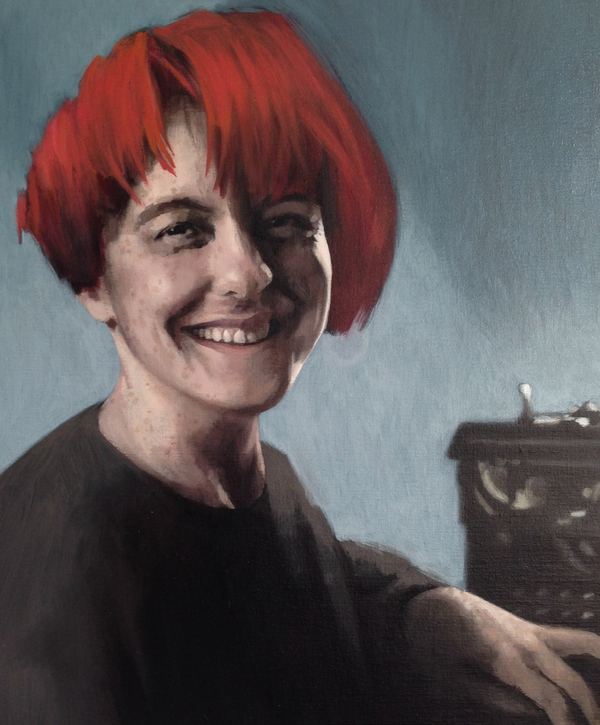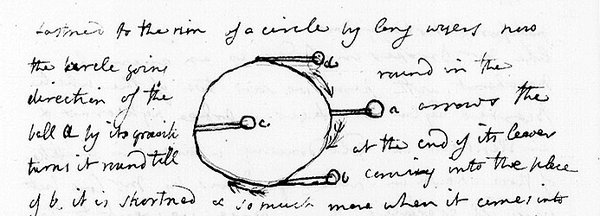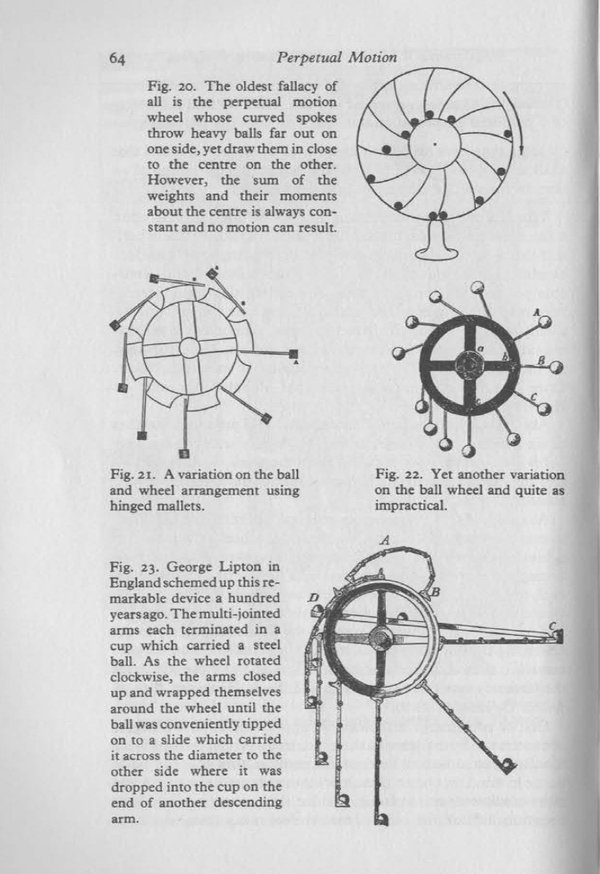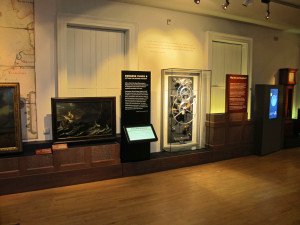The AHS Blog

A gala for Lisa
This post was written by James Nye
Tuesday 25 October 2016: to the Victoria and Albert Museum for a fabulous evening to celebrate the life of our late President, Lisa Jardine FRSA, in the company of her husband John Hare, members of the family, and a distinguished array of academics, curators, writers, and lots of friends. It was a year to the date since Lisa’s death.

Lisa believed in lectures that were also a bit of a party. We gathered in the Whiteley Silver Gallery to the sound of a jazz trio, and moved to the astonishing Gorvy Lecture Theatre, where we were greeted by Bill Sherman of the V&A, a colleague of Lisa’s over many years.
He introduced Amanda Vickery, who spoke movingly of her long and close association with Lisa, before introducing the remarkable Deborah Harkness, prize-winning historian and now best-selling author, noted for the All Souls fictional trilogy.
She spoke on ‘Fiction in the Archives’, explaining how a parallel career in fiction has enriched her historical work, following an approach she believes Lisa enshrined – not so much ‘outreach’ – more the invitation to everyone to come and spend time inside the ivory tower.
The spine-tingling thrill of archival discovery is accessible and communicable to all—and truth can be more remarkable than fiction. Setting action in her scholarly backyard—sixteenth century Blackfriars—Deborah told us that ‘Fiction at last allows me to tell people what I really think happened, rather than what I can prove.’
It was a tour de force—resolving to the notion that literature can work to promote empathy, a characteristic in short supply in conflicts at all levels, globally. Deborah’s tribute linked this to Lisa, who championed diversity, bringing together so many people, across so many communities.
John rounded off proceedings by announcing the launch of a new initiative with the Royal Society—the Lisa Jardine Research Awards—essentially funding to encourage the study of the scientific revolution and the Enlightenment, an initiative for which significant backing has already been secured. A very fitting tribute indeed.
The evening wound up with a reception in the galleries housing the Ionides collection, to the sound of more jazz. Our hosts were generous, but were probably mindful of Lisa’s mantra—‘never knowingly undercater’—it was a magical event.
‘A clock which has gone by itself for 2 years’
This post was written by Peter de Clercq
In the State Library of New South Wales is a manuscript journal of a trip to Holland undertaken in 1773 by the naturalist Joseph Banks (1743-1820), who from 1778 until his death was to be the President of the Royal Society. His journal can be read on-line here.

Most of his journal, as expected, is related to natural history, but in Amsterdam he visited an unnamed clockmaker who showed him ‘a clock which has gone by itself for 2 years’.
From his description, complete with a sketch, it is clear that he struggled to make sense of what he had seen:
'From hence we went to a clockmaker Mr [name not entered] who has invented a clock which has gone by itself for 2 years & is therefore called not injustly a perpetual motion whether the principle was fallacious I could not discover but it was or appeared to be 4 balls / fastened to the rim of a circle by long wyers [wires] the circle going round in the direction of the arrows the ball a by its gravity turns it round till at the end of its leaver [??] coming into the place of b it is shortened and so much more when it comes into the place of c the balls c & d at the same time becoming longer & in their turns forcing it round whether however a [illegible word] wheel made upon this construction would ever go once round I very much doubt if not there must either be fallacy or some method of applying the principle which I did not understand which is likely as the machine was rather complicated' (pages 51 and 52 – CY 3011/73 and 74).
The concept of perpetual motion, and the idea that one can make a machine that can do work indefinitely without an energy source, has been exercising many minds over the centuries, but the development of modern theories of thermodynamics has shown that they are impossible.
In his book Perpetual Motion: the History of an Obsession, Arthur W.J.G. Ord-Hume has illustrated several devices that look rather similar to the clock that Banks had seen. We must conclude that the unnamed Amsterdam clockmaker was one in a long line of deluded ‘inventors’.

A new addition to the galleries at the Royal Observatory, Greenwich
This post was written by Rory McEvoy
The extraordinarily accurate ‘Burgess Clock B’ was recently installed in the Royal Observatory’s Time and Longitude Gallery where it will be on display for the next three years.

The following filmed interview introduces the work of Martin Burgess and the project behind this remarkable timekeeper.
First shown at the Harrison Decoded conference, held at the National Maritime Museum in April, 2015.
Further information on Clock B can be found here.